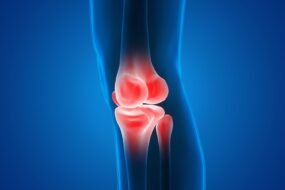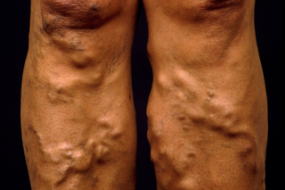A fissure in ano is a cut or tear in the anal canal distal to the dentate line, and it is one of the most common benign anorectal diseases.
Classification- acute vs. chronic; primary vs. secondary
Etiology;
1.Primary- majority(90% are located in the posterior commissure; 6 o’clock position)
Are due to trauma;
- Constipation
- Vaginal delivery
- Diarrhea
- Anal sex
- Chronic spasm in the internal sphincter
2. Secondary- due to underlying cause
- Crohn’s disease
- Extrapulmonary TB
- Sarcoidosis
- Malignancy
- Infections-HIV, syphilis, Chlamydia
- Previous anal surgery
Pathophysiology;
- Starts with a tear to the anoderm
- Recurring pain and bleeding occur
- The internal sphincter muscle goes into spasms- causes severe pain, and restricts blood flow, preventing its healing
- The resulting pain leads to avoidance of defecation, causing further distension of the anal mucosa
Clinical features
- Anal pain present at rest but worsened by defecation- principal symptom
- Hematochezia
- Perianal pruritus
- Chronic constipation
*Acute- symptoms lasting <8 weeks, chronic more than eight weeks
Physical examination
- Longitudinal tear in the anoderm, distal to the dentate line
- Acute fissure appears fresh
- Chronic fissure has raised edges. Often accompanied by external skin tags at the distal end and papillae at the proximal end of the fissure
- DRE to rule out other diagnoses
Differential diagnosis
- Anal fistula
- Hemorrhoids.
- Perianal ulcers
- Solitary rectal ulcer syndrome
- Anal carcinoma
Treatment
1. Conservative- the mainstay
- Dietary changes
- Stool softeners
- Sitz baths
- Topical analgesics
- Topical vasodilators- nifedipine, nitroglycerin
- If symptoms continue for more than eight weeks, do an endoscopy to rule out inflammatory bowel disease.
2. Surgery-
-The method depends on the risk of developing fecal incontinence
Low risk;
- Lateral internal sphincterectomy
- Anal dilatation
High risk;- elderly patients, multiparous women
- Fissurectomy
- Anal advancement flap
- Botulinum toxin injection
Prevention
- Consuming a high fiber diet and adequate fluids
- Management of the secondary causes












